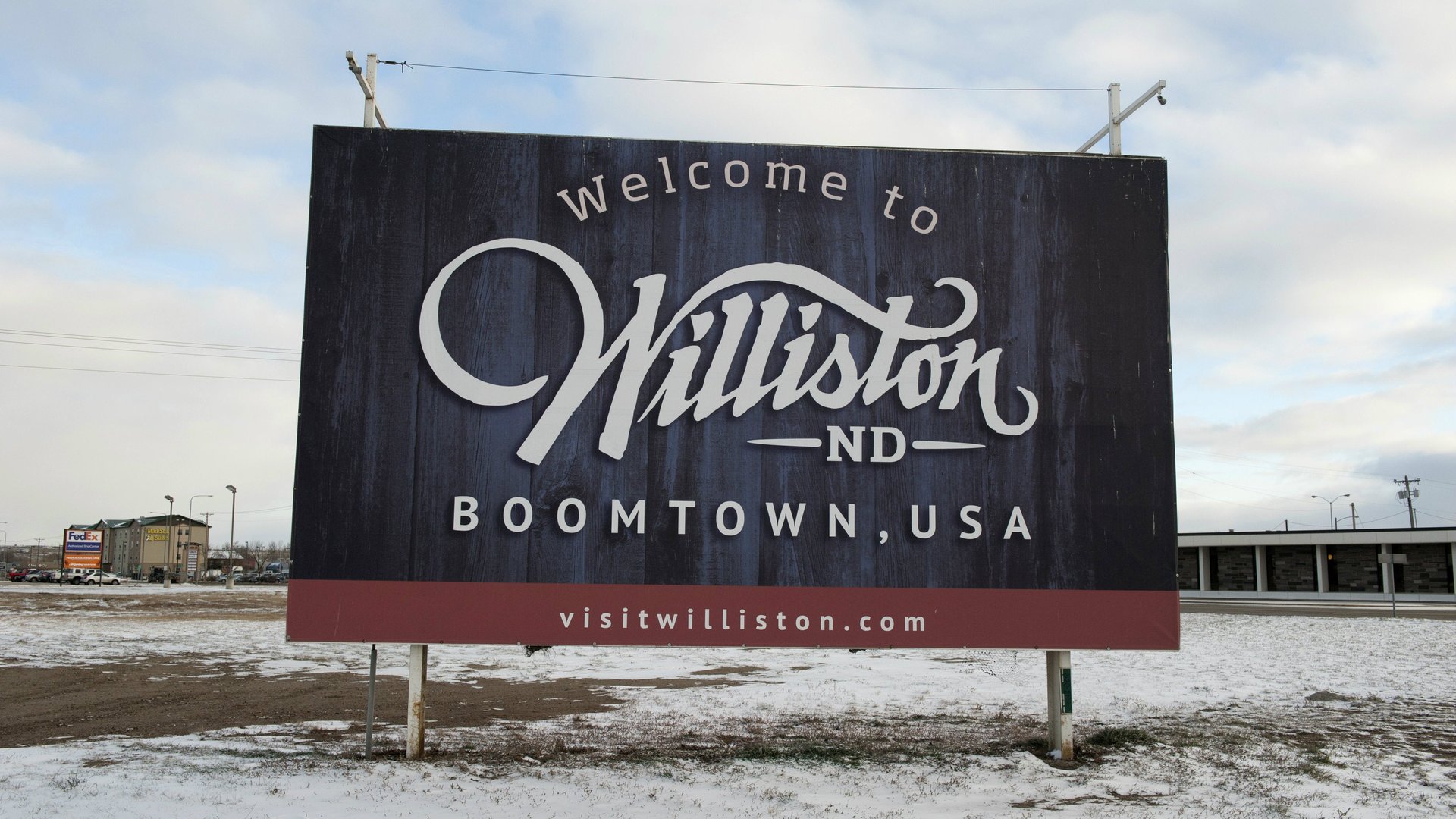None of shale’s boosters told us what would happen to jobs when the energy bubble burst
Over the last couple of years, Wall Street analysts, energy experts, consultants, and journalists have fallen over one another creating new superlatives to describe the impact of the US shale boom. It was producing a “manufacturing renaissance” in the US, would “supercharge the US economy,” and was generating a veritable “shale gale.”


Over the last couple of years, Wall Street analysts, energy experts, consultants, and journalists have fallen over one another creating new superlatives to describe the impact of the US shale boom. It was producing a “manufacturing renaissance” in the US, would “supercharge the US economy,” and was generating a veritable “shale gale.”
And indeed, we saw the jobs picture brighten dramatically in North Dakota, in Texas, and elsewhere. But what none of the forecasters said was that shale had created a price bubble that, when the air went out, would cost thousands of oil workers their jobs—not only in shale, and not only in the United States.
With the surge in US shale oil production contributing heavily to the roughly 60% plunge in oil prices since June, jobs are being lost in droves around the world, in both shale and conventional fields.
The impact of the apparent bust-in-progress has not been nearly as powerful as the 2008 financial collapse, which exported economic pain to nations and industries around the world. But the US once again has shown itself to be, for better or worse, a potent driver of the global economy.
On the way up, the forecasts were uniformly rosy
In the US, oil and gas companies employ roughly 540,000 people, according to Rigzone, an industry employment agency. But that doesn’t account for the sector’s indirect impact. In 2012, IHS, an industry consultancy that has been one of the most robust boosters of shale, estimated that directly and indirectly, shale oil and gas production already supported 1.7 million US jobs. In a report paid for by the American Petroleum Institute and other industry lobbying bodies, IHS said that by 2015, the number of jobs would rise to 2.5 million, on its way to reaching 3.5 million by 2035.
This and a clutch of other, similar IHS reports helped form the basis of an industry campaign designed to discourage regulation of hydraulic fracturing, the drilling method used in shale, and open as much US land as possible to the practice. At a time of recession, the argument went, it made little sense to fiddle with the one industry that was producing jobs and juicing the economy.
IHS was not alone—in 2013, PwC, the accounting firm, released a report detailing a similarly rosy outlook for the sector’s jobs and economic impact. So did Citi. And the numbers may have been right were it not for the collapse in prices—although some analysts urged caution even before then and said the observable US manufacturing and jobs boom was actually broad-based, and resulted not just from the energy sector but also more accommodating US unions, advances in automation, and an array of other factors. IHS, PwC, and Citi did not respond to emails seeking comment.
Then the air went out
Now that the industry is crashing, with a future at which we can only guess, we may never know shale’s actual impact the last few years, only that the jobs boon has subsided.
On Jan. 29, Shell announced a $15 billion cut in spending over the next three years, on top of $6.5 billion in planned cuts disclosed less than two weeks earlier. France’s Total cut $2.5 billion in spending, 10% of its capital budget. Baker Hughes, the oil services company, said Jan. 20 that it will cut 7,000 jobs, or 12% of its workforce. Schlumberger, another oil services company, cut 9,000 jobs around the world. The jobs impact has crossed over into related businesses—DuPont, the chemical giant, has announced spending cuts; so has Freeport-McMoRan, the mining concern.
In Texas, the Federal Reserve Bank of Dallas now says that low oil prices will cost the state some 140,000 jobs directly and indirectly tied to energy. In North Dakota, too, there are fears of thousands of job cuts. In the energy sector alone, Goldman Sachs forecasts 70,000 US job cuts by the end of the year.
It should not be surprising that, in the midst of a feverish boom, no one was contemplating what would happen when logic took hold and oil prices came down. But after the calamitous boom-busts of recent years—dot-com, real estate, Wall Street—we all might have been a lot wiser.